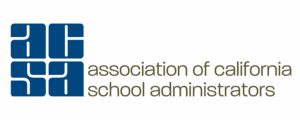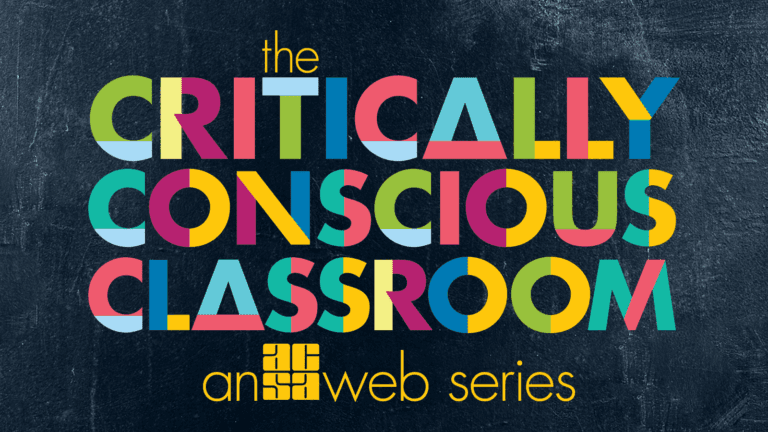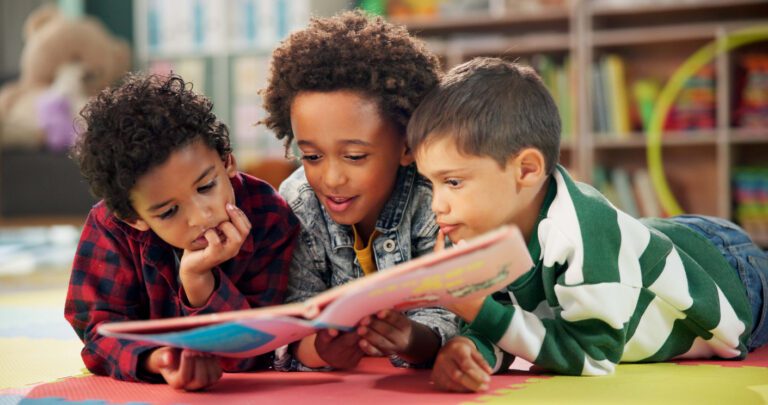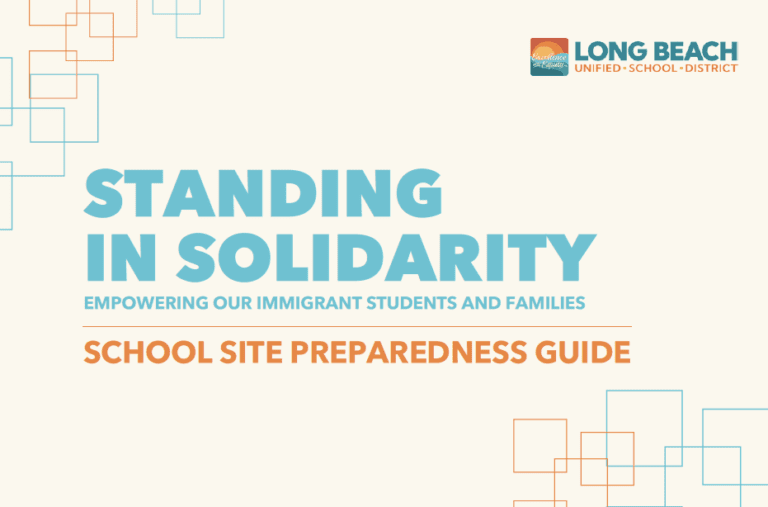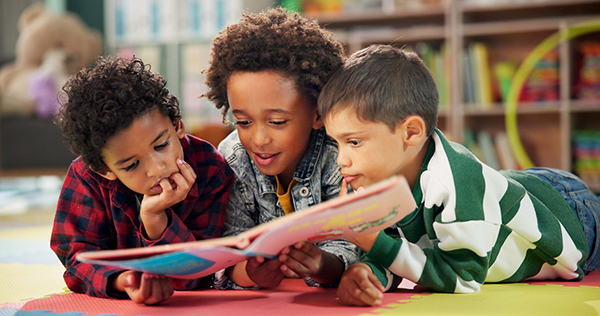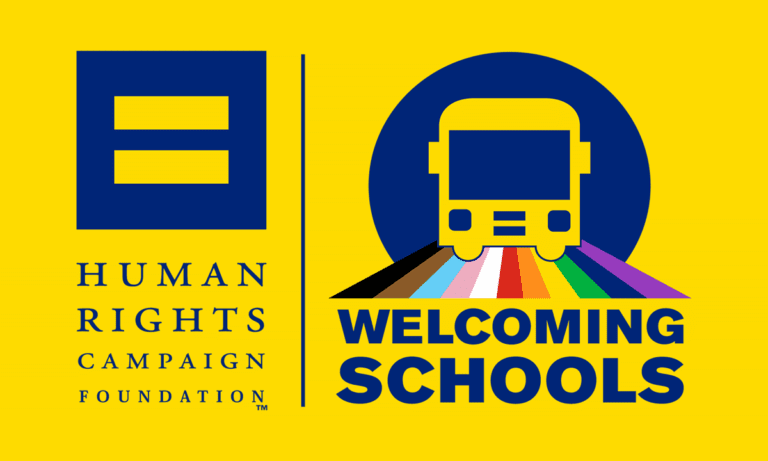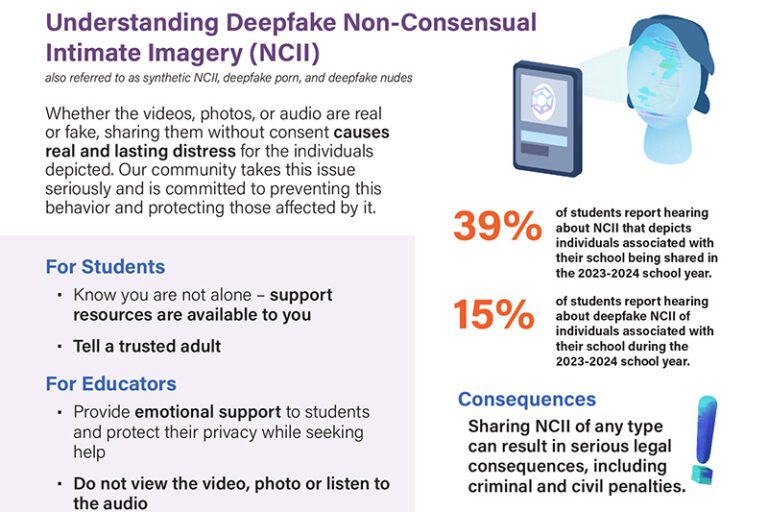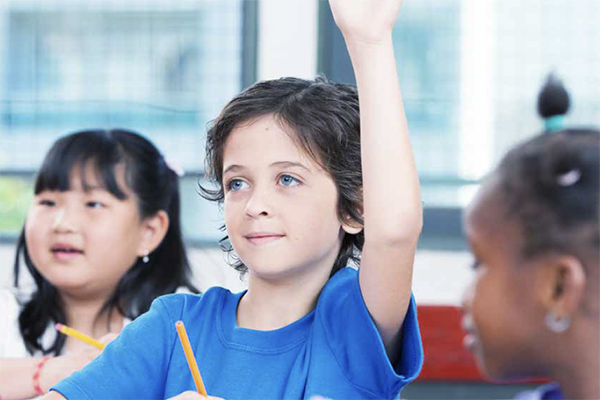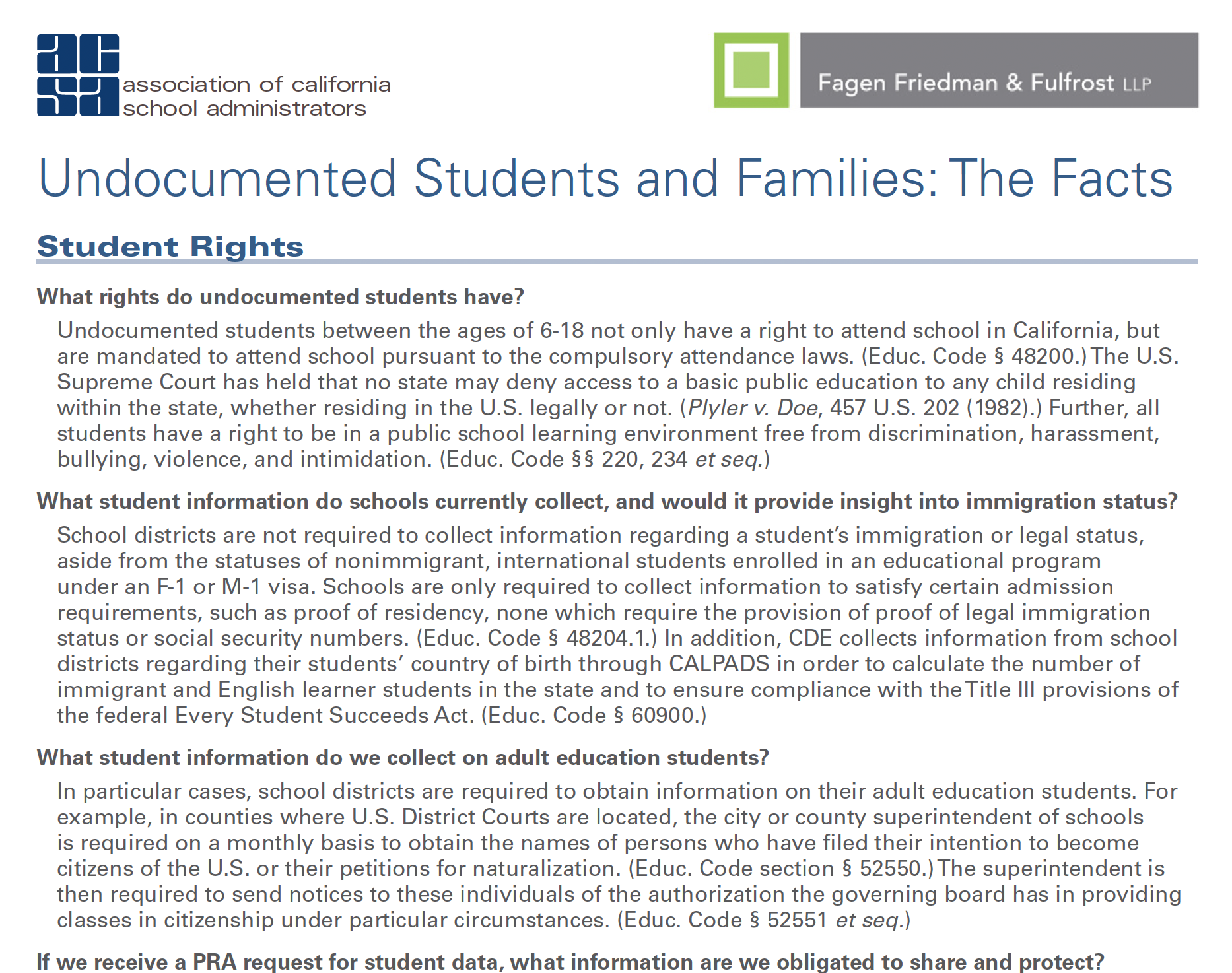The following article was written by Gina Arias, Ed.D.
Many years ago, I taught at a charter school which served a low-income minority student population who struggled with academic success. We had several professional trainings a year. At one of those trainings, one of our professional development trainers said, “I know what it is like to teach in a school like this. In fact, I wasn’t even a good teacher until I started working at a school in a good neighborhood.” The teachers in this training sat dumbfounded, a little hopeless, and shocked at such a statement. I have been teaching for 17 years. During those years I have had countless trainings and attended many professional development conferences. This training is seared into my mind, not because of what the trainer said, but because the strategies he provided us were useful. Everything he taught us that day were research-based best-practices that worked, not just in a “good-neighborhood” school, but in our little “low-performing, sketchy-neighborhood, behaviorally and academically-challenged” school. I had to wonder if there were better teacher trainings out there. Out of desperation I enrolled in a doctoral program focused on curriculum and instruction.
As teachers we are bombarded with videos of exceptional teaching, TED Talks, and over-the-top engagement strategies. Some teachers and administrators see these practices as signs of “good-teaching.” But, signs of good teaching are less obvious, less flashy, less exciting, and frankly, more sustainable. Of all the trainings I have attended and of all the courses I have taken there are seven essential practices that work when implemented together. These strategies work in all schools, but are especially helpful in schools that are considered “low-income,” “low-performing,” “behaviorally-challenged, “ etc. To help teachers of all skill levels and in all school environments to adapt their practice to improve student outcomes, I have provided a summary of seven essential practices that improve student success. These strategies are my bare-essentials and in combination they work!
7 Essential Strategies:
- Shift your deficit-thinking to one that is strength-based and adapt as needed.
- Teach your students how to be students in your classroom. Review, reinforce, and rehearse behavioral expectations.
- Develop a pattern of the same learning procedures every day. Review, reinforce, and rehearse each day.
- Provide a structure for notetaking that documents learning and review these notes regularly. Review, reinforce, and rehearse each day.
- Provide a structure for every activity. Do not assume your students know “how” to do an activity. Review, reinforce, and rehearse each time you use an activity.
- Choose your battles wisely and always keep a cool head.
- “Act like you care” and change your pedagogy as needed.
Strategy 1: Shift your deficit-thinking to one that is strength-based and adapt as needed.
Several times a year I hear teachers express their deficit-thinking during staff or content-area meetings. Often, teachers do not realize they have a deficit-mindset towards students. If you or your colleagues have ever said something like this, “These kids don’t care about their education.” “The parents don’t care, and neither do these kids.” “These students can’t do this work.” You likely have a deficit perspective of your students. We all think this way sometimes. It helps us to put the problem of school failure solely on the “other” rather than ourselves. Can it be true sometimes? Sure. Is it true for all students in the class? Never. Will it affect your teaching? For many teachers and students, yes.
It is important to know that the theory of cultural deficit began with the belief that racial minorities had certain deficits in their physical, mental, and cultural capabilities. “The theory of cultural deficit is defined as the accepted belief that if students’ family, social, cultural, and economic environment is lacking or is deprived then this leads to poor academic achievement” (Bruton & Robles–Piña, 2009, p. 42). Cultural deficit theory was widely accepted until the 1970s and 1980s. Forms of this theory continue to be used in education today. Sometimes when teachers have a deficit perspective it affects the academic achievement of students. Research has shown a strong correlation between academic achievement for minority students and teacher deficit thinking; teachers who had a deficit perspective had students with lower academic achievement levels (Bruton & Robles Piña, 2009; Solorzano, 2001, Valencia, 1997). Myths about students or their families not valuing education are founded on deficit theory (Valencia & Black, 2002). If you work with cultural minority groups, it is important to make an honest assessment of your thinking, and move away from those thought patterns.
What has been useful for many teachers is to adopt the ideas of cultural-capital theory to shift away from a deficit perspective. Cultural capital theory began in 1977 when Pierre Bourdieu developed his cultural reproduction theory. Bourdieu (1977) asserted that cultural capital was an essential resource possessed by people whose families had passed down necessary cultural privileges enabling them to succeed educationally (Jæger, 2011). Lamont and Lareau (1988) defined cultural capital as, “widely shared, legitimate culture made up of high-status cultural signals (attitudes, preferences, behaviors, and goods) used for direct or indirect social and cultural exclusion” (p. 164). Empirical research indeed shows that cultural capital has a statistically significant direct effect on academic success (DiMaggio, 1982; Jæger, 2011; Lamont & Lareau, 1988). Cultural capital theory aims to explain why socially privileged students have higher academic achievement, score better on tests, and progress higher in education (Kingston, 2001). Students who are not a part of the dominant class may not possess the necessary cultural capital required for success in schools that reflect the dominant culture. Clearly there are social differences and differences in social norms that can impact student success. So, instead of looking at the students as deficient, look at them as having cultural capital that differs from those from the dominant culture. As a teacher, you can access this cultural capital or provide them with opportunities to access cultural capital leading to academic success. What is the cultural-capital that your successful students possess? Modify your classroom structure to help those other students gain that capital in your classroom.
Assessing your own level of deficit-thinking can help you to reflect on preconceptions, assumptions, and deficit-thinking patterns. Once a teacher can identify when, how, and why they think in deficit ways, they can adjust as needed. Yes, it can be difficult for educators to change their perspectives for the sake of their students. Yes, it can be difficult to admit that one way of thinking may not work or may be damaging to students. Yes, it requires that “an old dog learns new tricks” to benefit students. And, yes, it is worth it when students begin to improve in all areas of the classroom, including academically, behaviorally, and socio-emotionally.
Strategy Two: Teach your students HOW to be students in your classroom. Review and reinforce behavioral expectations.
Do not assume your students know how to behave, study, or know what effort looks like in your classroom. Be explicit with expectations for behavior, participation, performance, and effort, and rehearse and reinforce for months (and after every break). This more important than the facts they can regurgitate after your lessons. You design these things for your students. Which means you need to make it part of your curriculum. That means that you need to consider more than content pacing when planning your lessons, add in skills-based lessons too. Imbed these into your content lessons.
Here are some questions to help guide your planning:
- How will students enter your class? Where will you be directing this? What happens when they do not enter as requested? How will your praise students who do as directed?
- Where will you have students sit? How will they know? How will you direct them into the correct seat? How will you acknowledge those who follow your instructions?
- What will students need to have for your class? How will you check this? How will you respond to unpreparedness? How will you acknowledge preparedness?
- What is your expectation for behavior during lecture? During group work? How will students know this? When will you reinforce it? What will you do if students are not participating as directed?
- What work will you review as they work? How can you provide feedback during independent work? Group work?
- How will they learn the content? Organize that content, review that content?
It is important that you explicitly review and reinforce your expectations and procedures all year long. Do not assume that your students are able to follow your instructions after a few weeks. This is a continuous process, and it should be happening all year. This is part of your teaching, not a side note.
Strategy Three: Develop a pattern of the same learning procedures every day.
I have heard on more than one occasion, “a good curriculum is the best classroom management.” Nope. I say, “if you have good classroom management, you can teach any curriculum.” Foundational to good classroom management is a regular pattern to your classroom procedures. Students walking into a classroom knowing what to do before the teacher provides instructions, students taking out supplies before the teacher provides instructions, students completing work because they know what is “next,” and students requesting the teacher look over the assignment when they are done, these are signs of good teaching. When these things happen in a classroom, students with varying academic and skill levels can be successful because they know what to do in a class, even if the content is difficult for them to understand.
Develop a regular pattern to your classroom procedures: We do this first, then this, then this. Practice the same procedures every day. Kids will feel psychologically safe to learn over time and this can prevent learned helplessness. Learned helplessness is a teacher’s nemesis! “Learned helplessness is a psychological condition associated with feelings of lost control, and it creates students who disengage from effort, even if the effort is within reach and will clearly lead to success” (Guang-Myers, 2021 para. 1). Most teachers can attest that many students come in with negative attitudes about school and their ability to learn. Many of these students also have lower achievement rates (Yates, 2009). “Students who present with a ‘learned-helplessness’ profile can benefit from predictable classroom expectations, opportunities to exercise choice in their learning, having global tasks translated into manageable sub-tasks, and receiving specific praise” (Wright 2015 p. 1). We as teachers have the ability to mediate learned-helplessness in our classrooms by providing procedures that lead to student confidence in the class and can enable their success.
Strategy Four: Provide a structure for notetaking, documenting learning and review regularly.
It would be great if we lived in an educational eutopia where students could come into our classrooms with exceptional organizational skills and motivation. A place where all students could just come in and “take notes and learn.” In the real-world, we cannot assume our students have the skills to take notes without support in our classes. You are teaching your students how to learn your content, how to organize your content, and how to review your content, not just what to learn in your content.
There are several well-researched structured note-taking strategies. One that most people are familiar with is Cornell Notes. Guidelines for Cornell Notes can be found on YouTube, or on Cornell University’s website. I have found that many teachers reject Cornell Notes as a viable option for their classroom because “they won’t work in their class.” If this is you, make sure you adopt another form of note-taking that the students can master. Remember, keeping your notes structure the same each day will enable your students to be successful in documenting, organizing, and reviewing their learning, and help you to refer to previous lessons.
Grade as you go, providing feedback all day. When you grade the students’ completed structures-notes, it provides a purpose for every lesson. These also double as formative assessments. For example, a teacher can review the students’ lesson summary and questions to assess how many students grasp the content. Students can be redirected, and content can be reinforced simply as the teacher walks by and reads the little summary each day. I provide students with one stamp for completed notes, one stamp for completed questions, and one stamp for a completed summary each day. I walk around and provide these stamps during class. This provides them with instant credit, positive reinforcement, and allows me to assess student progress. Side note: backwards plan! Use your unit exam to guide the content in the notes. Students should have everything they need to be successful on your assessments simply by reviewing your structured notes.
Strategy Five: Provide a structure for every activity. Do not assume your students know “how” to do an activity.
Consider the following scenario: A teacher provides students with an article to read and annotate. Students take out a highlighter and a pencil. The teacher passes out an article and says, “Okay class, today we will read this article independently. As you read, annotate it. When you are done, write a summary about what you read. I will stop you in about 30 minutes to discuss.” The class silently reads the article. After about 30 minutes, the teacher observes that some students have highlighted everything while others have highlighted nothing. Some students have written in the margins. Most have not. Some students wrote a summary, most wrote only one sentence. This teacher assumed that her students understood what she meant by “read, annotate, and summarize.” As a result, most students failed the activity. Provide a How-To-Do list for everything. If you choose to provide a rubric, make sure you teach them how to use the rubric.
Strategy Six: Choose your battles wisely and always keep a cool head.
As authority figures for populations who are learning how to respond to authority, we will always have battles in the classroom. These battles will be lessened if you provide students with clear academic and behavioral expectations, set procedures, and explicit instruction as described above. Occasionally, you will still need to ignore or address conflict as it arises. So, which battles need to be handled and which need to be ignored? There are two main types of battles: behavioral and academic. Handling these battles will require that you, as the teacher, use a bit of wisdom and a touch of emotional intelligence to discern which needs addressing. To be honest, this may take time and experience in the classroom. Here are some tips to get you started.
Behavioral battles are those which require some form of correction for student behavior. These battles can range from disrespectful tone, to cussing-out another student or teacher. The incidence of behavior problems can be decreased by following the essential strategies already described. These will greatly decrease behavior issues in the classroom because students are generally less hostile when they feel safe and confident in the classroom.
On the occasion that students need to be corrected, this is how I decide to handle it: Will “handling it be more disruptive than the behavior itself? Do I acknowledge it now or later?” Often, I handle behavioral battles by treating them as inconsequential: I act like what just happened wasn’t important, “come on students, let’s continue our learning activity, it is more important.” I might say something like, “Okay, moving on everyone.” Or, I might say, “Aye, I guess you aren’t in a good mood today. If you need a break, you can take it. The rest of us will keep working. Let me know when you’re ready, Tommy.” Don’t give an attitude when you address behavioral issues. Always speak respectfully because over time students will react likewise. Remember you are teaching your students how to behave in your class. If you need to remove a student because he or she was being very disrespectful, racist, or demonstrating other unacceptable behaviors, do it. But always move on with the learning. Learning is what is important in the classroom, not disruptions, not how bad you feel as a teacher, or how angry you feel.
Academic battles include issues with student performance, or lack of performance. The biggest academic battle in the classroom is the acceptance of late assignments. Whatever you decide as a teacher, make sure the expectation is clear and reinforced regularly. If your students are failing your class because of late assignments, you might want to consider providing more in-class time to complete your classwork. Not all late work is the result of student laziness or procrastination. Sometimes, students are struggling with life situations or immature time management skills. Bottom line, help your students to turn their work in on time. Show them how to complete their work on time by providing the training in class.
Believe it or not, this forced work completion builds a sense of school belonging and helps students achieve in your class and in future classes. Ozer et al. (2008) found that student sense of belongingness was influenced by teachers who allowed students to revise papers that receive poor grades and stay after school to help struggling students. Teachers who required students to meet academic standards, even when completed late, were conveying confidence in student potential and ability (Woolley, 2009). This is often referred to as academic press in literature. Mitchell, Kinsler, and Tschannen-Moran (2015) found a strong positive correlation between academic press and student achievement, especially in populations who experience the negative impacts of low socioeconomic status. “Schools with high academic press would be described as places where teachers set high academic expectations, create a learning environment that is orderly and serious, and make an extra effort to assist students to learn” (Mitchell et al., 2015, p. 228). Every teacher expects students to adhere to stated time expectations, and every teacher has students who do not. Make the effort as the teacher to teach your students how to submit work on time. It will help build a more positive community and you will be teaching life-long skills which are more beneficial than a punitive grade or the “hard-lesson” that an F score provides.
Strategy Seven: “Act like you care” and adjust your pedagogy as needed.
In my classes, I train kids to “act like they care.” I am honest with them and acknowledge that “sometimes we don’t care. We are struggling with things outside of class, we are depressed or upset, and we don’t care what the teacher or a peer is saying in class. Sometimes, I am struggling too. But, we need to act-like-we-care.” This is what acting-like-you-care looks like: 1) we look at the speaker (not the floor, phone, or paper). 2) Our body language reflects our attention (shoulders turned, feet flat, back straight. 3) we are smiling at the speaker (or at least have a soft look). 4) we applaud or do some sort of acknowledgement after the speaker is done. “Acting like you care” is the act of building respectful relationships. When you act like you care and teach your students to act like they care about you and each other, you are building a strong community of learners who are using skills we all need throughout our lives.
You might be wondering, “How do I motivate students to acquiesce to my request to act like they care?” I make it about them. I describe the stress we feel when we speak or read in public, and I relate it to how they feel and how others should be responding to them speaking. I restate the expectations and force students to comply repeatedly. For the first two-three weeks of class, we do individual introductions and each time a student stands to speak, I restate and reinforce the act-like-you-care expectations. We do not speak until all students are acting like they care. Acting like you care often allows students to feel safe, which leads to laughter, jokes, and smiles. It is worthwhile training for students, and it leads to a positive classroom community.
Acting like you care as a teacher might take some effort. We all have bad days and difficult classes. Sometimes we must “fake it ‘til we make it!” Woolley (2009) described “attentive, caring, and emotionally supportive relationships with adults is associated with success in school, including better behavior at school, more positive beliefs and attitudes about school, and higher achievement” (p. 11). Results demonstrated the importance of social support in school for students, including informational, instrumental, appraisal, or emotionally supportive behavior (Malecki & Demaray 2003; Martinez, Aricak, Graves, Peters-Myszak, & Nellis, 2011). Caring behaviors can include a simple smile, inquiring about a drawing, or how a student’s day is going. When a caring teacher positively responds to students with a form of caring action, like providing food, conversation, or emotional support, it promotes school belongingness (Arias, 2016).
Some teachers may need to adopt new pedagogical practices to “act like they care.” Personally, I use Critical and Belongingness pedagogies. These two pedagogical styles help me to remember the importance of the student in my teaching practices. My teaching includes more than just my content and my assessments. Belongingness pedagogy is a model that “promotes a sense of community and belonging by strengthening teacher–student relationships and integrating cooperative learning strategies into the curriculum” (Beck & Malley, 1998, p. 137). Continuous acts of kindness, nurturing actions, and the development of trusting relationships between teachers and students are the foundations upon which a sense of belongingness develops for students (Beck & Malley, 1998; Long, 1997). Conversations, self-disclosure, and sincere investigations into student lives is considered a method to “reduce the power differential” between student and teacher, which can increase student sense of belongingness (Beck & Malley, 1998).
Belongingness pedagogy requires an emphasis of cooperative forms of learning. Berman (1997) determined that cooperative learning can create bonds between people in teach communities that influenced sense of belongingness because each member is striving toward a common purpose. When designing activities, include as much collaboration as possible. Increase dialogue between students, but remember to provide a framework for all activities, even how to work collaboratively in groups.
Critical pedagogy has also guided my teaching for many years because it requires that I use my students’ experiences, cultural experiences, and socio-economic status to guide how and what I teach. It requires that I self-assess preconceptions and expectations and modify for their needs. Most importantly, it requires that I value their perspectives and use a strength-based perspective when assessing their skill levels. Critical pedagogy requires teachers unlearn and relearn what they know about the world and to challenge them “to see and understand deeply the school experiences of marginalized groups” (Wink, 2011, p. 35). A study by Arias (2016) showed Latino participants described teachers who accepted, valued, and understood their status in society which increased sense of school belonging. Critical pedagogy requires teachers to consult students about their experiences, situations, and lives in order to create an educational environment that is more dialogic and emancipatory (Smith & McLaren, 2010). The previous six essential strategies for student success were developed to address many of the societal, economic, and social structures that have limited student success in the traditional classroom.
Conclusion
These seven strategies will lead to student success in your classroom. I realize that this article has limited information, and you may need more information to guide the process. Luckily you live in an era which provides you with many resources at your fingertips. Google my suggestions, you will find many guidelines or ideas to get you started. Remember that it takes time to build your classroom and establish skills. Just get started and figure out what works for you and your student population. Again, my seven essential strategies begin with shifting your deficit-thinking to one that is strength-based and adapt as needed. The second strategy requires that you explicitly teach your students how to be students in your classroom and review and reinforce behavioral expectations. Always set your students up for success by developing a pattern of the same learning procedures every day, including that you provide a structure for notetaking, documenting learning and reviewing regularly. Remember to provide a structure for every activity and do not assume your students know “how” to do an activity. Choose your battles wisely and always keep a cool head, and always act like you care. These strategies will improve your teaching, the learning, and the overall classroom community.
Gina Arias earned a doctorate in Educational Leadership with an emphasis in Curriculum and Instruction in 2016. Her research focused on school-belongingness perceptions for Latino student populations in Southern California. Arias has also served as curriculum coordinator, professional development coordinator, peer coach, department chair, science resource teacher, and has over 17 years of teaching experience. She continues to teach science and AVID at a large Title I high school in San Diego, CA, but also taught university courses for Health, Nutrition, and Biology. Arias has presented several workshops focused on brain-based learning, content-area reading strategies, content-area literacy, and developing science curriculum units using the 5E strategies.
Works Cited
Arias, G. M. (2016). The meaning of belongingness for latino males in a charter school: A phenomenological study (Order No. 10100961). Available from ProQuest Central Student. (1785396184). Retrieved from https://www.proquest.com/dissertations-theses/meaning-belongingness-latino-males-charter-school/docview/1785396184/se-2
Beck, M., & Malley, J. (1998). A pedagogy of belonging. Reclaiming Children and Youth, 7(3), Retrieved from http://search.proquest.com/docview/214195924?accountid=458
Berman, S. (1997). Children’s social consciousness and the development of social responsibility. Albany, New York: State University of New York press.
Bourdieu, P. (1977). Reproduction in education, society, culture. Beverly Hills, CA: Sage Publishing.
Bruton, A., & Robles-Piña, R. A. (2009). Deficit thinking and Hispanic student achievement: Scientific information resources. Problems of Education In The 21St Century, 15, 41-48.
DiMaggio, P., & Mohr, J. (1982). Cultural capital and school success: The impact of status culture participation on the grade of U.S. high school students. American Sociological Review. 47(1). 189-201.
Guiang-Myers, G. (2021). How to Counter Learned Helplessness: For students who have internalized a message that they’re destined to fail, promoting realistic optimism can be game-changing. Edutopia. Retrieved from:
https://www.edutopia.org/article/how-counter-learned-
helplessness#:~:text=Learned%20helplessness%20is%20a%20psychological,will%20cle
arly%20lead%20to%20success.
Jæger, M. (2011). Does cultural capital really affect academic achievement? New evidence from combined sibling and panel data. Sociology of Education, 84(4), 281-298. doi:10.1177/0038040711417010
Kingston, P. W. (2001). The unfulfilled promise of cultural capital theory. Sociology of Education, 74(4), 88-99.
Lamont, M., & Lareau, A. (1988). Cultural capital: Allusions, gaps, and glissandos in recent theoretical developments. Sociological Theory, 6(2), 153-168.
Malecki, C. K., & Demaray, M. K. (2003). What type of support do they need? Investigating student adjustment as related to emotional, informational, appraisal, and instrumental support. School Psychology Quarterly, 18(1), 231–252.
Martínez, R., Aricak, O., Graves, M., Peters-Myszak, J., & Nellis, L. (2011). Changes in perceived social support and socioemotional adjustment across the elementary to junior high school transition. Journal of Youth & Adolescence, 40(5), 519-530. doi:10.1007/s10964-010-9572-z.
Mitchell, R., Kensler, L. W., & Tschannen-Moran, M. (2015). Examining the effects of instructional leadership on school academic press and student achievement. Journal of School Leadership, 25(2), 223-251.
Ozer, E.J., Wolf, J.P., & Kong, C. (2008). Sources of school connection among ethnically-diverse urban adolescents. Journal of Adolescent Research, 23(2), 438- 470.
Smith, M., & McLaren, P. (2010). Critical pedagogy: An overview. Childhood Education, 86(5), 332-334. Retrieved from http://search.proquest.com/docview/733014082?accountid=458
Solorzano, D. G. (2001). From racial stereotyping and deficit discourse toward a critical race theory in teacher education. BNet Articles and Advice. Retrieved May 22, 2008, from http://findarticles.com/p/articles/mi_qa3935/is_200100/ai-n8990647/print.
Valencia, R. R. (1997). The evolution of deficit thinking. Great Britain: The Falmer Press.
Valencia, R. R., & Black, M. S. (2002). ‘Mexican Americans don’t value education!’—On the basis of the myth, mythmaking, and debunking. Journal of Latinos & Education, 1(2), 81.
Wink, J. (2011). Critical pedagogy: Notes from the real world. Upper Saddle River, N.J: Pearson.
Woolley, M. E. (2009). Supporting school completion among Latino youth: The role of adult relationships. Prevention Researcher, 16(3), 9-12.
Yates, Shirley. (2009). Teacher Identification of Student Learned Helplessness in Mathematics. Mathematics Education Research Journal. 2009, Vol. 21, No. 3, 86-106. https://files.eric.ed.gov/fulltext/EJ883874.pdf


